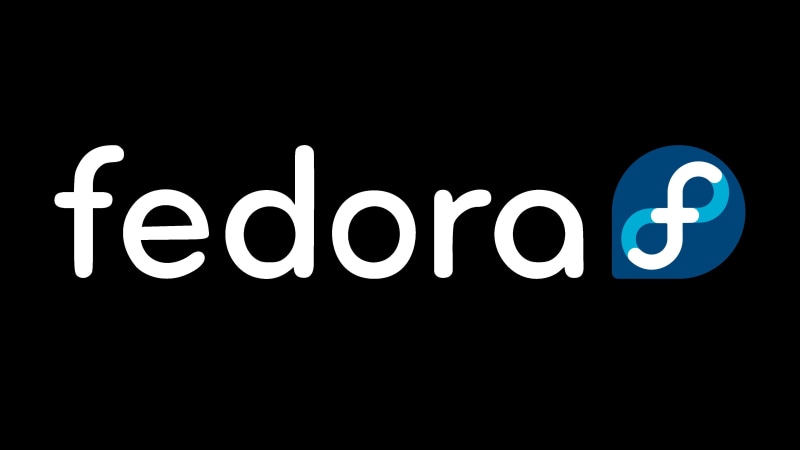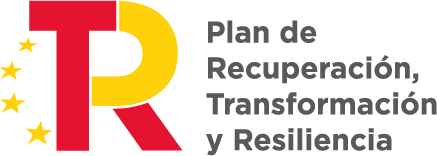EU OS is an emerging proposal that seeks to develop a KDE-based Linux distribution, with desktop features similar to Windows, oriented especially to European public sector organizations.
The initiative does not aim to create a new distribution from scratch, but to provide detailed documentation on how to deploy, administer and manage an immutable Linux operating system in European institutions with a few hundred users.
The proposal is the result of the work of the Dr. Robert Riemannofficial of the European Data Protection Supervisor (EDPS)known for his expertise in this field.
Main features of the EU OS project
- Linux distribution based on Fedora (variant Kinoitewith desk KDE Plasma).
- Operating system immutableThis means greater safety and resistance to tampering.
- Interface similar to Windows to ease the transition in public environments.
- Comprehensive documentation on implementation and management.
Why choose Fedora over a European distro?
A striking decision of the project has been to select Fedora as a base, considering that it is a distribution supported by the U.S.-based company Red Hat. This choice is somewhat controversial at a time when geopolitical tensions may make European alternatives preferable, such as openSUSE o Kalpa Desktop (also based on openSUSE).
However, the main reason to opt for Fedora Kinoite is because of its technical maturity as an immutable operating system. Fedora Kinoite has been a stable reference in this field for more than four years, providing a solid platform for this initiative.
Comparison with other similar attempts
The EU OS project analyzes in detail other historical attempts to introduce Linux in European public administrations, highlighting among others:
- LiMux: the migration of the city of Munich, which began in 2004 and ended in 2017.
- GendBuntuInitiative of the French Gendarmerie.
- Linux Plus 1 in Schleswig-Holstein, Germany.
- Astra Linuxwhich is currently successful in Russia.
The EU OS team considers these previous experiences to avoid repeating mistakes and build on established best practices.
Is KDE Plasma the best choice?
While KDE Plasma offers a powerful and customizable environment, it may also be too complex for public organizations that require a restricted and secure desktop. There are opinions that advocate for simpler, more limited options, similar to ChromeOSThe aim is to reduce vulnerabilities and risks of ransomware attacks.
An alternative approach would be to create a simple, stateless client operating system (stateless), synchronized with sovereign cloud servers, controlled directly by public institutions through open protocols such as LDAP, OpenID or WebDAV. This proposal differs radically from a traditional desktop rich in functionalities.
EU OS: Current status and future projection
The EU OS project is hosted at GitLab and formally began development on December 25. Although it has been in the works for just over three months, it has already shown significant depth in terms of documentation, planning and technical detail.
It is expected that this initiative will continue to grow and mature, positively influencing future technological implementations within the European public sector, thus reinforcing digital sovereignty in Europe.
Final clarifications
Although there are already alternatives such as ChromiumOSThese do not fully meet the needs of EU OS, as they are closely linked to specific third-party services (such as Google). The intention of EU OS is to offer a truly open and adaptable alternative to standards such as LDAP, OpenID, or WebDAV, for greater independence and control by European administrations.
Source: somoslibres










